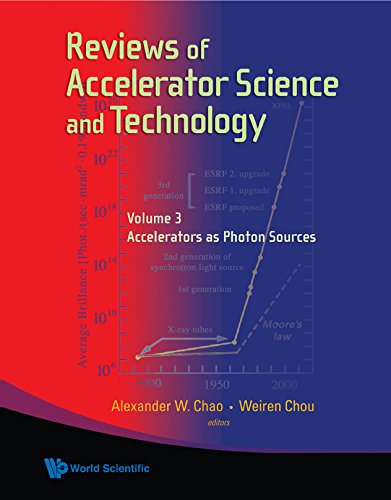

Most ebook files are in PDF format, so you can easily read them using various software such as Foxit Reader or directly on the Google Chrome browser.
Some ebook files are released by publishers in other formats such as .awz, .mobi, .epub, .fb2, etc. You may need to install specific software to read these formats on mobile/PC, such as Calibre.
Please read the tutorial at this link: https://ebookbell.com/faq
We offer FREE conversion to the popular formats you request; however, this may take some time. Therefore, right after payment, please email us, and we will try to provide the service as quickly as possible.
For some exceptional file formats or broken links (if any), please refrain from opening any disputes. Instead, email us first, and we will try to assist within a maximum of 6 hours.
EbookBell Team

4.0
56 reviewsEach generation yielded growths in brightness and time resolution that were unimaginable just a few years earlier. In particular, the progression from the 3rd to 4th generation is a true revolution; the peak brilliance of coherent soft and hard x-rays has increased by 7-10 orders of magnitude, and the image resolution has reached the angstrom (1 Å = 10-10 meters) and femto-second (1 fs = 10-15 second) scales. These impressive capabilities have fostered fundamental scientific advances and led to an explosion of numerous possibilities in many important research areas including material science, chemistry, molecular biology and the life sciences. Even more remarkably, this field of photon source invention and development shows no signs of slowing down. Studies have already been started on the next generation of x-ray sources, which would have a time resolution in the atto-second (1 as = 10-18 second) regime, comparable to the time of electron motion inside atoms. It can be fully expected that these photon sources will stand out among the most powerful future science research tools. The physics community as well as the entire scientific community will hear of many pioneering and groundbreaking research results using these sources in the coming years.
This volume contains fifteen articles, all written by leading scientists in their respective fields. It is aimed at the designers, builders and users of accelerator-based photon sources as well as general audience who are interested in this topic.